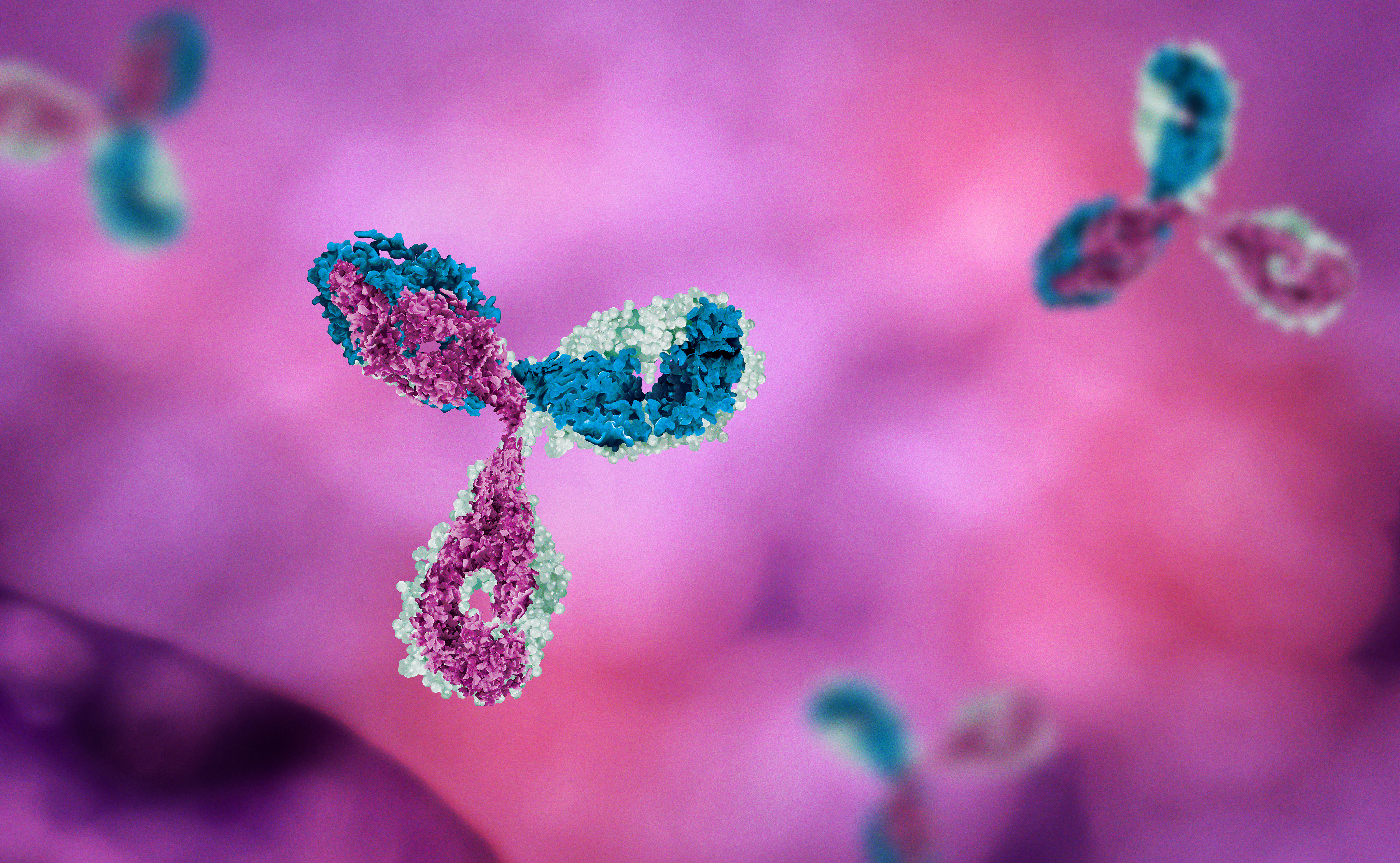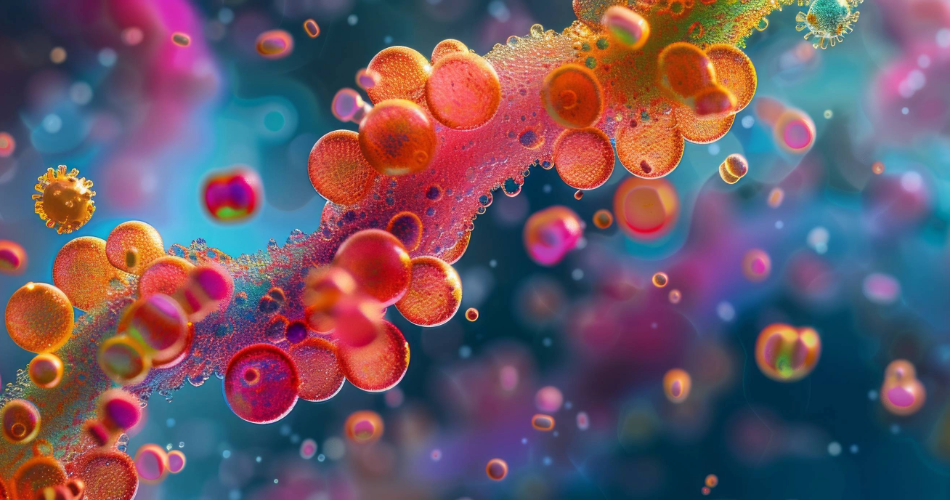
NoBACZ ingenious new gels create an instant seal over a wound. The company is changing the way farm animals are treated. Mewburn Ellis spoke to founder Nuno Faria about his remarkable vision.
Forward: features are independent pieces written for Mewburn Ellis discussing and celebrating the best of innovation and exploration from the scientific and entrepreneurial worlds.
Hi Nuno! What is your invention?
We've developed a liquid bandage technology that can be used in difficult environments or areas that are hard to bandage and we hope that this invention will lead to reductions in antibiotic use. It's a gel or a liquid that sets into a solid forming a waterproof and environment-proof barrier over any skin tissue. It's ideal for animals like cows, horses, and sheep, and these formulations are particularly effective on wounds.
Why is it better than a traditional cloth bandage?
In theory, bandages should be fantastic for veterinary healthcare—protecting lesions and sensitive skin, allowing natural healing, and so forth. But in practice, it doesn't work well. Firstly, bandaging animals can be quite difficult, especially in awkward areas. Secondly, bandages often attract dirt and bacteria, which is a major issue for livestock. They can quickly turn from a solution into a problem. Lastly, traditional bandages need to be removed, which takes more vet time and increases treatment costs. Plus, there's the issue of sustainability and the waste generated by bandages.
Why are NoBACZ Liquid Bandages better?
Our liquid plasters are gels or sprays that are very easy to apply and set in under 60 seconds. The clever part is that they are hydrophobic and can be 'activated' by water, meaning they immediately set as a solid barrier when splashed with water before they have a chance to set normally. This is very useful in farmyards, which are rarely dry. Unlike some water-soluble gels that call themselves "barriers" but wash away, our liquid bandages form effective barriers against external bacteria and dirt, allowing natural healing to take place.
Another smart feature is that once the healing process is complete, our liquid bandages become brittle and fall off by themselves. This means there's nothing more for the farmer or vet to do. The longevity of the bandage depends on the type of application and formulation. For example, our product for hooves lasts 2 to 4 days, but other formulations can last up to two weeks from a single application.
What are the properties of the gel?
We have a wide range of formulations with different physicochemical properties. But all create a protective barrier under which the body can heal naturally. In some cases, users may want to pre-apply antibiotic sprays or other antimicrobials. Our advantage is that these barriers protect the actives from being washed away immediately, allowing them to treat the wound as intended. In summary we create a non-colonisable barrier that can protect any wound lesion.
The main ingredient in our formulations is a food-grade natural polymer called shellac, which is sustainably harvested and biodegradable. You’ve likely seen shellac on shiny oranges or lemons in the supermarket. The other components we use to modify the rheology of the product are also approved food or feed additives. This is important because we don't want to introduce anything unusual into the food chain. Alongside animal welfare and sustainability, food safety is one of our guiding principles.
Tell us about the research and development
We worked at the Medical Research Council on novel antimicrobials, and later at the Department of Veterinary Medicine at the University of Cambridge. There, we learned about digital dermatitis in cows (DD), its impact on cow welfare, and the difficulty in controlling it despite the extensive use of topical antibiotics. Initially, we aimed to develop more effective antimicrobials, but soon realised the problem was the environment, not the antibiotics. Topical antibiotics are often lost to the farm environment within minutes of application, and traditional bandages can't be used effectively.
Our eureka moment came when we realised that the problem was bandages, which haven't changed much since ancient times. We then focused on creating effective barriers that don't have the issues of traditional bandages. These barriers can protect topical antibiotics, meaning you don’t need to use as much or for as long, and they don’t need to be removed afterwards. We also found that some lesions may heal on their own if simply protected from environmental bacteria, slurry, and so on
How has the product been received by the veterinary world?
We've attended several veterinary events and conferences, and the response has been amazing. Conversations with vets have led to interest and requests for samples, and since our launch, this interest is translating into sales. For example, at the British Cattle Veterinary Association conference, Su Page, who leads our commercial team, was interrupted mid-pitch because they were already sold on the idea. We're addressing industry-wide issues, like reducing antimicrobial usage, and our product’s unique properties, such as self-removal, make sense to vets and key opinion leaders. Our product stands out compared to others on the market, which can’t withstand the wet environment of farms.
When you develop a product, you can never be sure, even with customer input, until you launch it and see the real response.
What is your intellectual property strategy?
We have two patents: one for the veterinary market and another for humans. For the veterinary patent, we used the accelerated Green Channel offered by the UK Intellectual Property Office, which allows faster patent grants for inventions with environmental benefits. Our technology, which promises to reduce antibiotic use and environmental release, fit that premise perfectly. Thanks to this accelerated process, we already have UK and Japan grants, which protect our invention and reassures our investors of the strength of our IP.
How has Mewburn Ellis helped you?
I've known Simon Kiddle, a partner at Mewburn Ellis, since 2007 when I worked for the Medical Research Council. We previously worked on bioinorganic materials for clinical and nutritional applications. We have a great relationship with Simon—he understands us, and we keep returning to him. We’ve filed 16 patents with his help. I can't praise Simon enough; it's fantastic working with him.
Another big advantage of working with Mewburn Ellis is their global reach. There's no such thing as a world patent; you may file a PCT, but then you need to follow through with filings and examinations in various territories. This can be very expensive and requires talking to patent lawyers who then coordinate with local lawyers and patent offices. Mewburn Ellis has a footprint in major markets and a collaborative network, so I’ve never been without a local partner, which is incredibly helpful.
Any advice for other entrepreneurs wondering how to protect their ideas?
It's crucial to clearly define what you want to protect and establish the boundaries of your technology. Position yourself in relation to prior art and consider what you might want to do with your technology in the future. For instance, we have a patent for treating humans, even though that wasn’t our initial focus.
Tell us about your attitude to sustainability.
Sustainability is very important to us. Shellac, the main component in our formulation, is both environmentally and socially sustainable. It’s sustainably harvested from forests in India, Malaysia, and Indonesia, supplementing the income of subsistence farmers. By adding value to natural products from intact forests, we create a financial incentive for their protection. Additionally, there's a significant representation of women in the harvesting and processing activities, promoting sustainable economic development and gender equality.
Shellac used to be common in many products but was replaced by synthetic polymers, halving its production over the last 50 years. We hope to help reverse this trend.
What's your connection to the World Health Organisation's One Health initiative?
One Health is an integrated approach aiming to balance and optimise the health of people, animals, and ecosystems. It recognises the interconnectedness of human, animal, plant, and environmental health.
Our product development supports specific conditions in animals without causing environmental residues that can harm people. The technology behind our products is suitable for both animal and human health, so while we currently focus on animals, our work will eventually lead to breakthrough products for humans as well.
Finally, where can we buy NoBACZ products?
We've entered the market through vets and are thrilled to have launched our first bovine-focused product. We have a fantastic product range that can help cows, horses, sheep, and other farm animals. We went to vets first because they appreciate the strong scientific evidence behind our technology. We’re now exploring other commercial targets. The potential is vast, and it's exciting to see where our journey will lead.
Sustainable invention aligned with the One Health initiative
Simon Kiddle, Partner and Patent Attorney at Mewburn Ellis, comments:
"As a patent attorney with a passion for technology, it’s hard to believe that 17 years have passed since I began working with Nuno and his talented team at NoBACZ. Collaborating with such creative and prolific inventors has been a rewarding experience. Over the years, we’ve seen significant changes in applications and scientific advancements, making it especially gratifying to witness the development of a sustainable invention aligned with the One Health initiative."
Simon is a Partner and Patent Attorney at Mewburn Ellis. He also heads up the firm’s Life Sciences practice group and is a member of our management board. Simon has more than 30 years’ experience in original patent drafting, patent strategy European oppositions and appeals, including complex multi-party proceedings, and due diligence work, across the life sciences field for both large and small molecule therapeutics. He has worked on the portfolios covering many top selling biologics and has been at the forefront of patenting in the field of precision medicine and life cycle management for therapeutics.
Email: simon.kiddle@mewburn.com
Sign up to our newsletter: Forward - news, insights and features
Our people
Our IP specialists work at all stage of the IP life cycle and provide strategic advice about patent, trade mark and registered designs, as well as any IP-related disputes and legal and commercial requirements.
Our peopleContact Us
We have an easily-accessible office in central London, as well as a number of regional offices throughout the UK and an office in Munich, Germany. We’d love to hear from you, so please get in touch.
Get in touch

